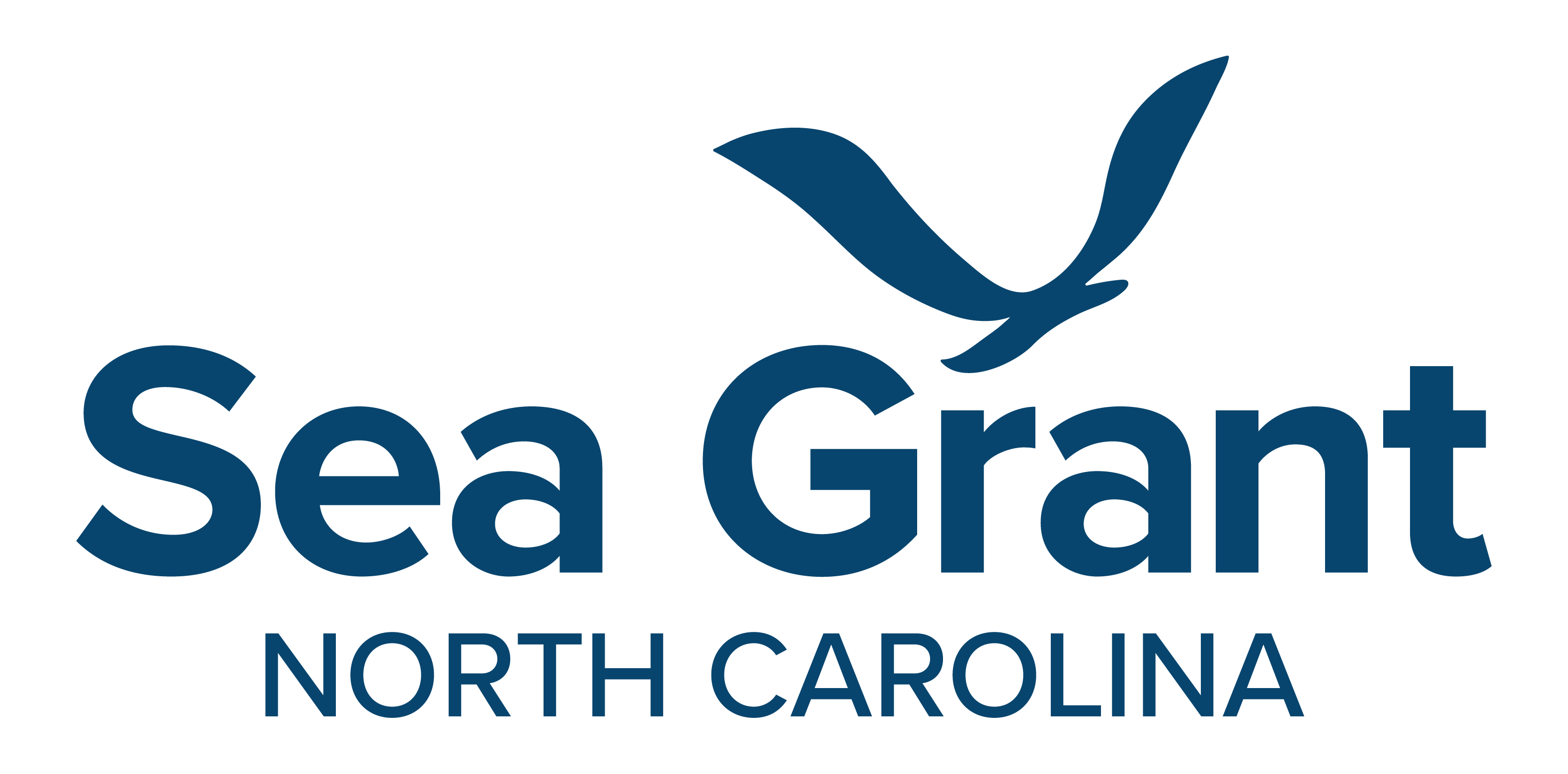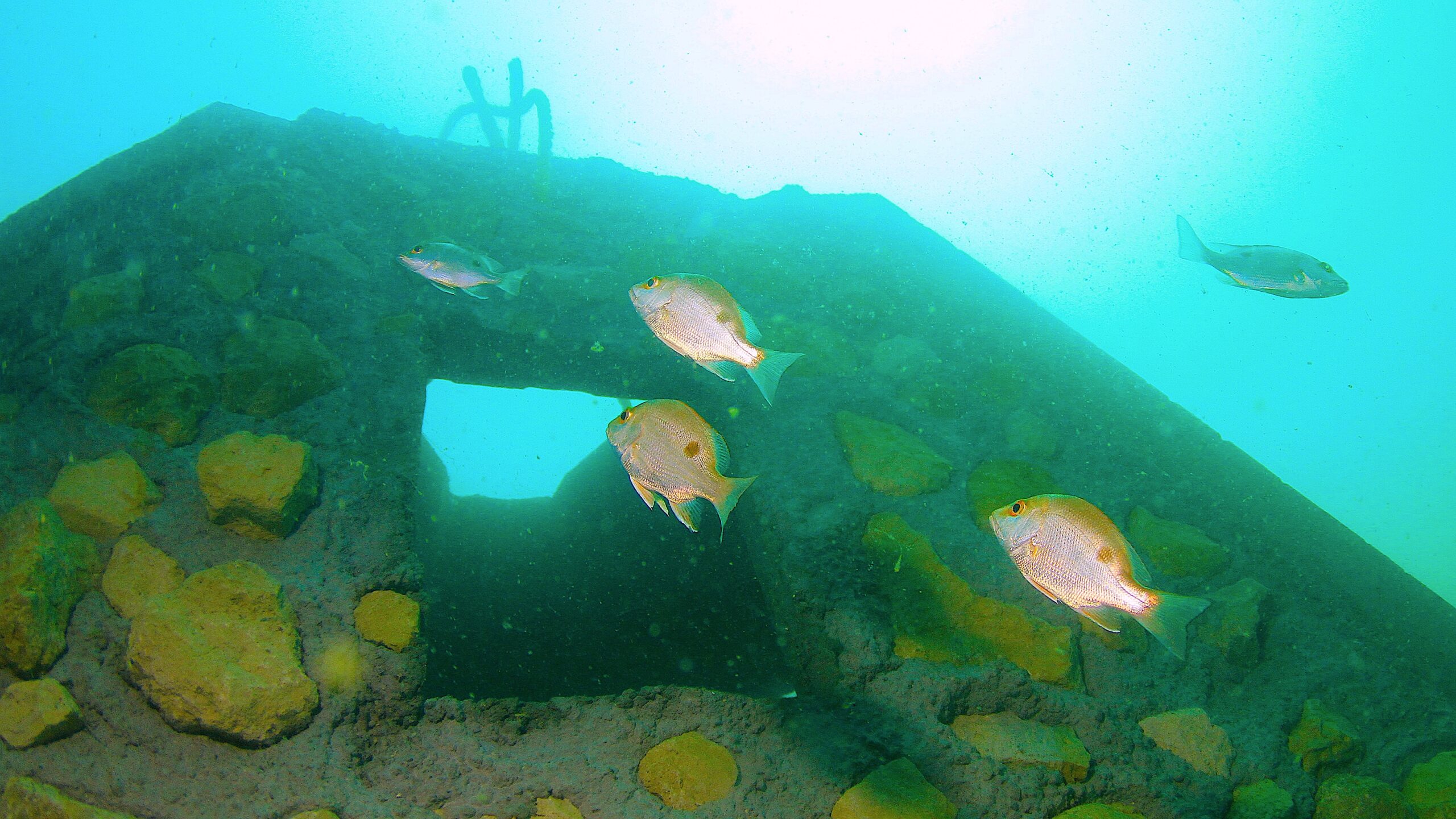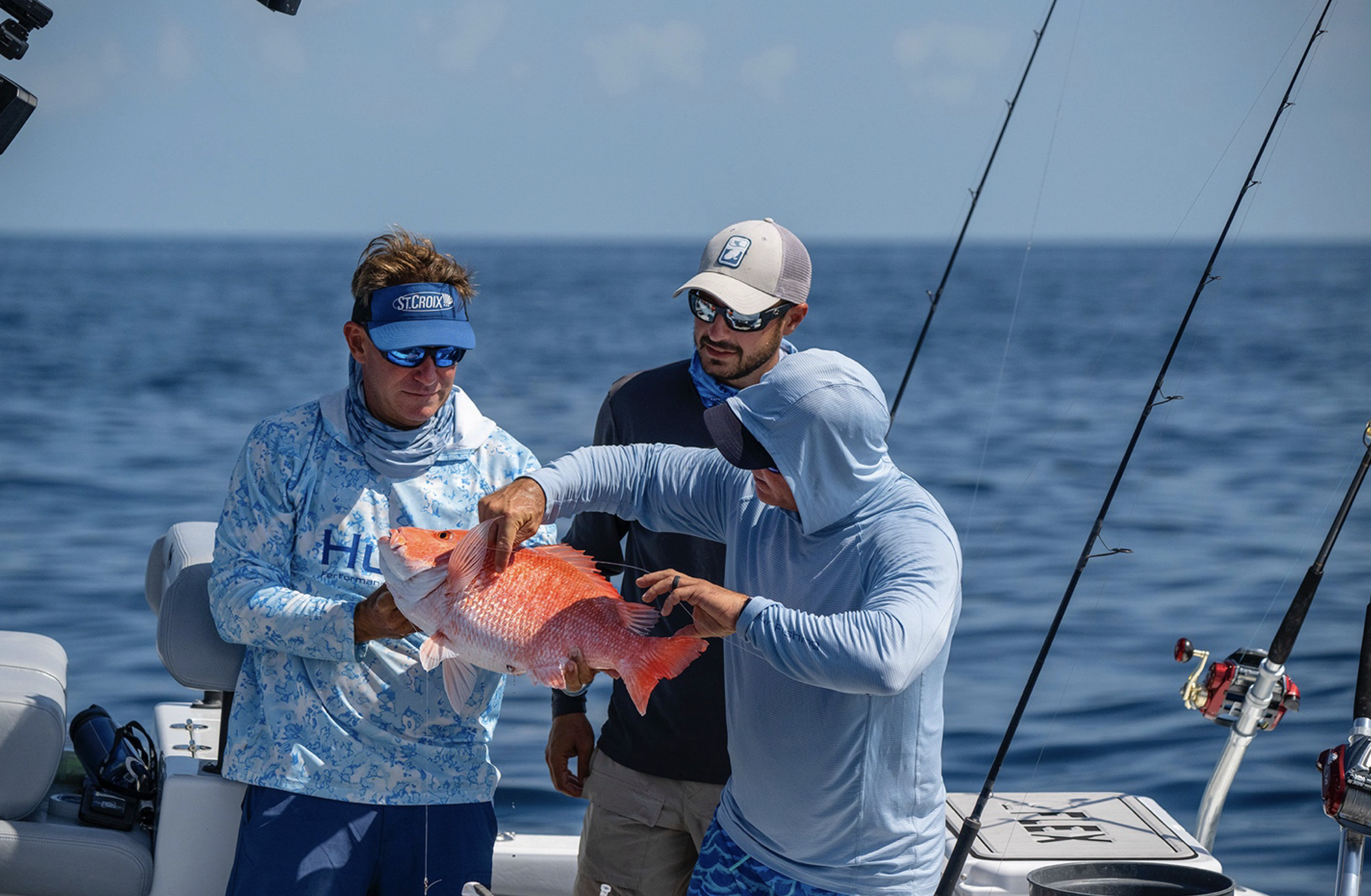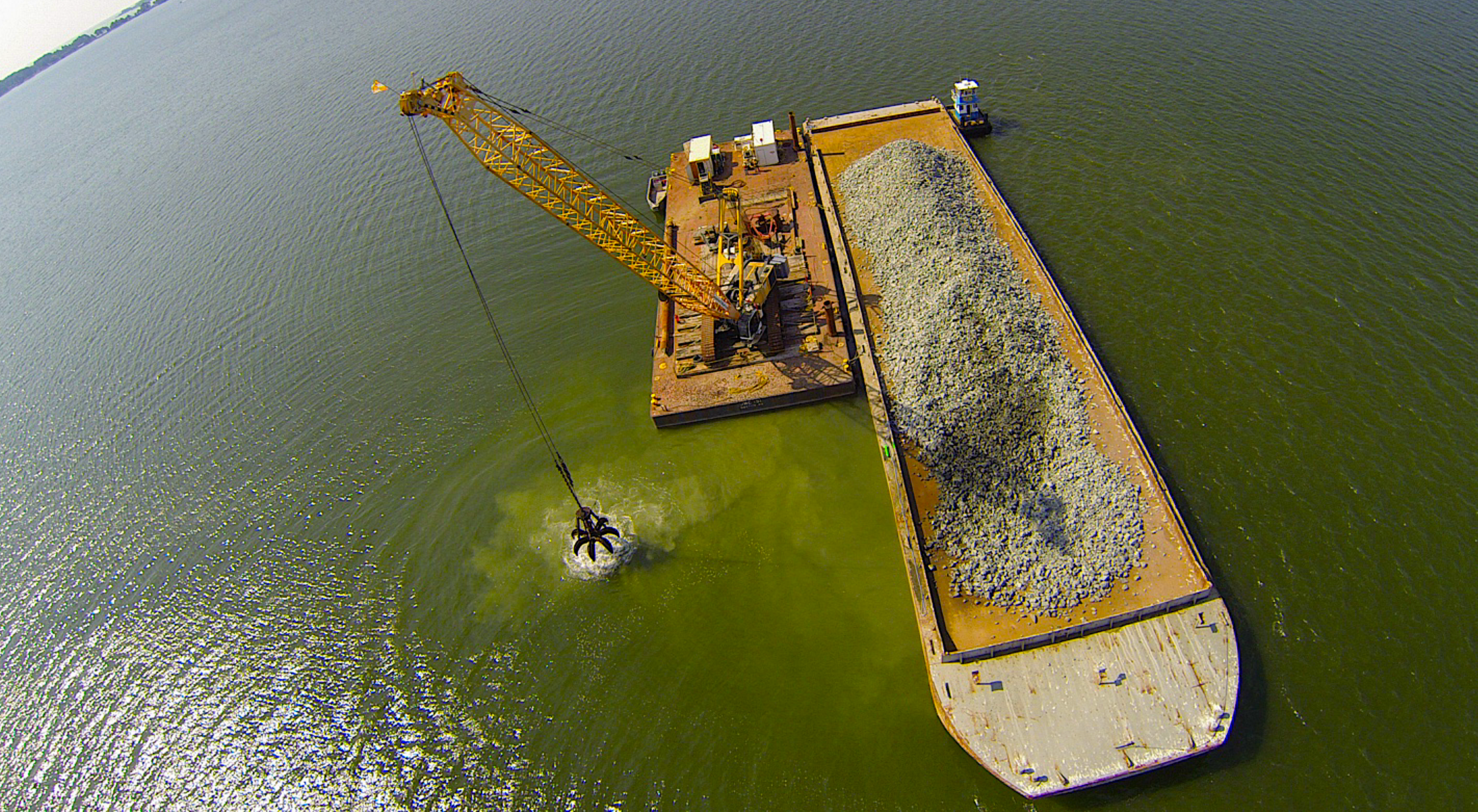Emerging technologies can be important tools for conservation.
Research Need
Artificial reefs are fully submerged, human-made structures that function similarly to natural reefs. As natural reefs steadily decline due to climate change, artificial reefs complement them by promoting healthy ecosystems for the affected species. Artificial reefs serve a variety of purposes, including recreation (e.g., diving) and habitat preservation.
But what do reefs really look like underwater? Would seeing underwater reefs enhance public interest in artificial reef programs?
Now, scientists from the University of Haifa and The Interuniversity Institute for Marine Science in Eilat in Israel have created a tool that shows what divers see when diving on a shipwreck.
What did they study?
Researchers used photogrammetry, a form of imagery that stacks photographs showing different angles, to create 3D views of two popular shipwreck diving sites in Israel.
They then adapted the models as 3D printing designs and made them public.
Both photogrammetry and 3D printing — which creates a structure by adding material to replicate a digital model — use layering to create lifelike, three-dimensional replicas.
What did they find?
The models became popular with different groups of people.
For instance, the researchers provided the models to a group that works with blind divers as a way for the divers to have tactile interactions with a real-life site.
Other individual divers enjoyed the nostalgic value of the models, while industrial design students appreciated the technological innovation.
What else did they find?
The team also adapted the models into Virtual Reality (VR) models. Using a VR headset can provide a more immersive and interactive experience, and it also can include an educational component.
So what?
Using this technology to model reefs in North Carolina could help create understanding for the state’s artificial reef program, as well as help interested people experience the reefs for themselves virtually. The North Carolina coast alone is home to over 60 artificial reefs and a large artificial reef program.
Reading:
Yuval, Matan, and Tali Treibitz. “Releasing a Dataset of 3D Models of Artificial Reefs from the Northern Red-Sea for 3D Printing and Virtual Reality Applications”, Remote Sensing Applications: Society and Environment, 2024, https://doi.org/10.2139/ssrn.4803994.
lead image credit: artificial reef by Reefmaker, Creative Commons Attribution-Share Alike 3.0 Unported license.
The text from Hook, Line & Science is available to reprint and republish at no cost, but only in its entirety and with this attribution: Hook, Line & Science, courtesy of Scott Baker and Sara Mirabilio, North Carolina Sea Grant.
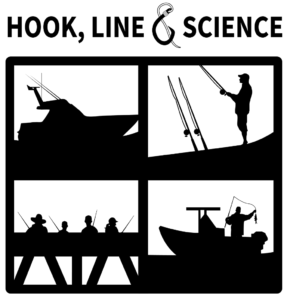
- Categories:
